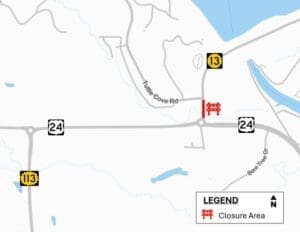By Trish Svoboda
In 2023, the Kansas Legislature allocated $35 million, a move supported by various agricultural groups, including the Kansas Farm Bureau (KFB). This allocation is arguably the most substantial investment in the state’s water resources to date. Previously, funding for municipal, industrial, and agricultural projects was expected to total $8 million annually, but the actual funding often fell short.
The additional funding arrives at a pivotal moment. Declining groundwater supplies and reduced surface water storage pose threats not only to the farmers and ranchers who support Kansas’s economy, but also to several communities. These communities may need to invest millions in treatment facilities due to deteriorating water quality and increased government regulation.
The legislators have also added reporting requirements on each of Kansas’s five Groundwater Management Districts (GMDs). These districts are now required to identify priority areas within their designated regions and formulate plans to conserve water in those areas.
Without appropriate measures, the wells that support agricultural production in western Kansas will encounter issues with both quality and quantity. Some wells have already been decommissioned because the aquifer level has dropped, or the remaining water is not suitable for crop cultivation. Other wells have less than a generation’s worth of usable water left at the current rate of consumption.













